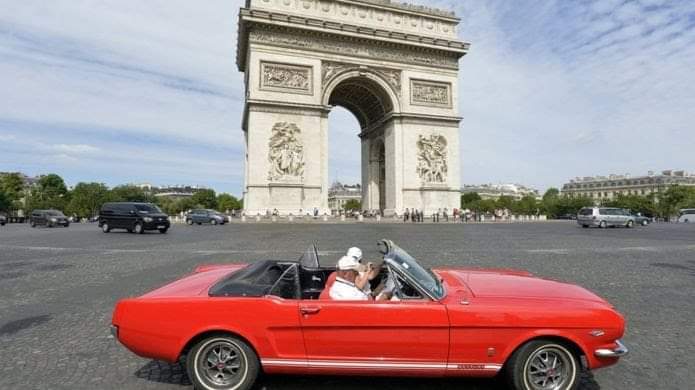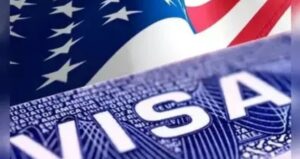
Being outside the European Union (EU) will mean changes for people from the UK driving in Europe from the start of 2021.
The UK left the EU on 31 January 2020. The two sides have agreed a deal on trade – and may other aspects of their relationship – which has come into force, from 1 January 2021.
So what do the changes mean for drivers?
Will my driving licence be valid?
Yes. From 1 January, most UK drivers will still be able to use their normal driving licence to drive in EU countries.
There are some exceptions and what is called an International Driving Permit (IDP) may be needed.
An IDP can be bought at Post Offices for £5.50.
The exceptions are people who only have a paper licence, not a photocard one, as well as those with licences issued in Gibraltar, Guernsey, Jersey or the Isle of Man.
The government’s advice if you are in one of these groups is to check with the embassy of the country you are planning to drive in to see if you will need an IDP, although it has also published some guidance for specific countries.
The DVLA told BBC News last year that more than three million people in the UK only had a paper licence.
There are two different types of IDP you might need in Europe. For France and Germany, for example, some of those people will need a 1968 IDP.
There is also a 1949 IDP, which covers visits to Andorra, for example.
You can find the full list of which IDPs you need worldwide on this page .
Even if your UK photocard driving licence has an EU flag on it, it will still be valid in the UK until the expiry date printed on it.
What about insurance?
You will need a green card, which is a document you get from your insurer to prove your car is covered if you are driving in Europe.
Motorists should contact their insurers six weeks before travelling, to ask for a green card.
Separate green cards are needed for trailers and caravans.
The green card is only proof of a minimum level of third-party cover – it will not necessarily match the level of cover that you pay for in the UK. You would have to check with your insurer to find out what level of cover you would receive
The rules for GB stickers are that you need one unless your number plate has GB on it, either alone or alongside a union flag. If the GB is alongside an EU flag or the flag of England, Scotland or Wales then you still need a GB sticker.
For driving in Spain, Cyprus or Malta you need a GB sticker no matter what is on your number plate.
You’ll need to carry your V5C log book with you if you own the car. If it is a car you have hired or leased, then you will need to get a VE103 form to show you have permission to take it out of the UK.
If you are involved in a road traffic accident in an EEA country (that means EU member states plus Iceland, Liechtenstein, Norway, and Switzerland) then you may need to make a claim against the driver or their insurer in the country where the accident happened.
That could involve bringing the claim in the local language.













